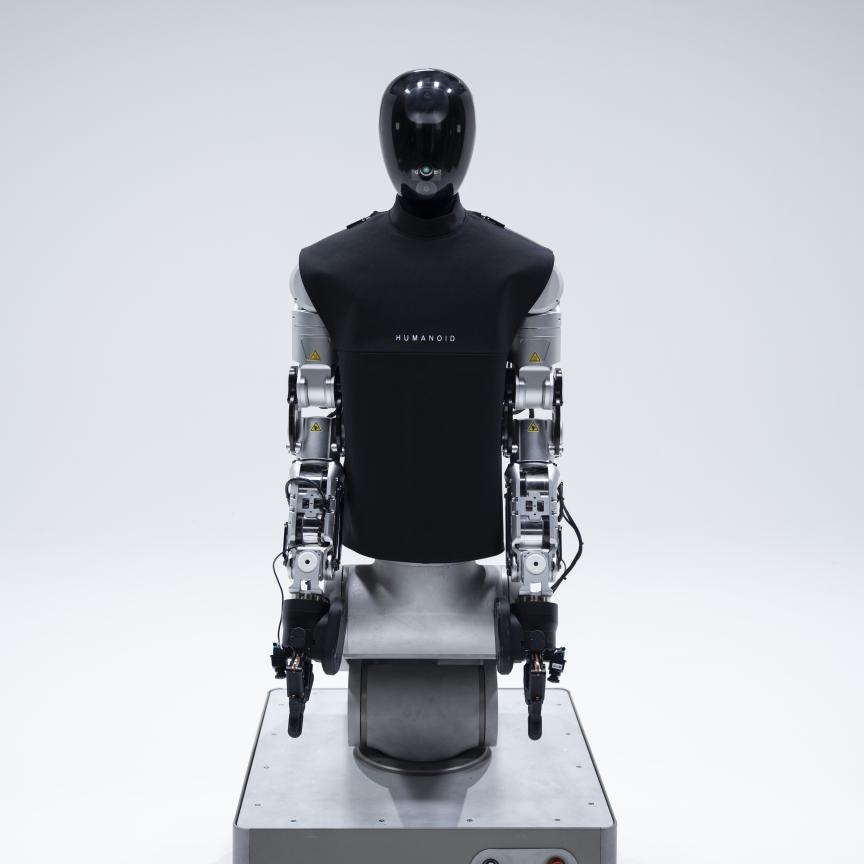Sony Semiconductor Solutions releases its new Preguis IMX250 sensor with a four-directional polarization square pixel array, providing higher contrast for more detailed pictures in less time. The 5.07 Megapixel sensor, with a 2/3-inch optical format, has a 2448 x 2048 pixel array utilizing a 3.45µm pixel size. The IMX250 reaches a frame rate of 144fps at 10 bits. With global shutter and variable charge-integration time, this sensor is a great fit for factory automation as well as for ITS applications and imaging in infrastructure. The sensor, along with additional support services, is available from global imaging expert FRAMOS.
Polarizing filters are probably the most useful filters for object detection in imaging. It removes polarized light from the image, thus reducing reflections and glare, while at the same time increasing color saturation. Most vision systems are using polarization filters on top of the lens or sometime on a sensor level as on-glass polarizer. Sony's IMX250 is the first sensor with an on-chip polarizer to minimize system complexity and improve extinction ratio and incident angle dependence.
Sibel Yorulmaz-Cokugur, Line Manager and sensor expert at FRAMOS, explains the IMX250 benefits: "Conventional cameras has to shoot three times while rotating a polarizer in front of the camera to filter the light. Sony's new IMX250 CMOS sensor with its four-directional polarization only needs one shoot and senses polarization in any direction. This increases the vision systems speed by increasing the possible throughput and reduces post-processing efforts - both very important factors for automation applications and detection of fast moving objects."
In Factory Automation the form recognition of low-contrast or transparent objects can be improved by using direction of polarization, more details are visible for image analysis leading to a lower fail rate and higher product quality. ITS applications can get use of the IMX250 polarizer sensor to remove reflection on car windows, distinguish direct light from reflection and to achieve better shape-recognition in low-contrast or HDR conditions. Self-driving cars benefit from driveway recognition with detecting the flat road surface by direction of polarization. In infrastructure applications it can recognize objects under water by removing the reflection of the water surface. Sony's new on-chip polarization sensor IMX250 improves recognition in any sense by new information of lights from the real-world.
Industry and product experts at FRAMOS are available to support customers with the integration of these new sensors in their applications and projects. In addition, FRAMOS provides support services for development, customization, and logistics. Evaluation samples are available from FRAMOS beginning of May, with mass production planned for early fall 2018.

